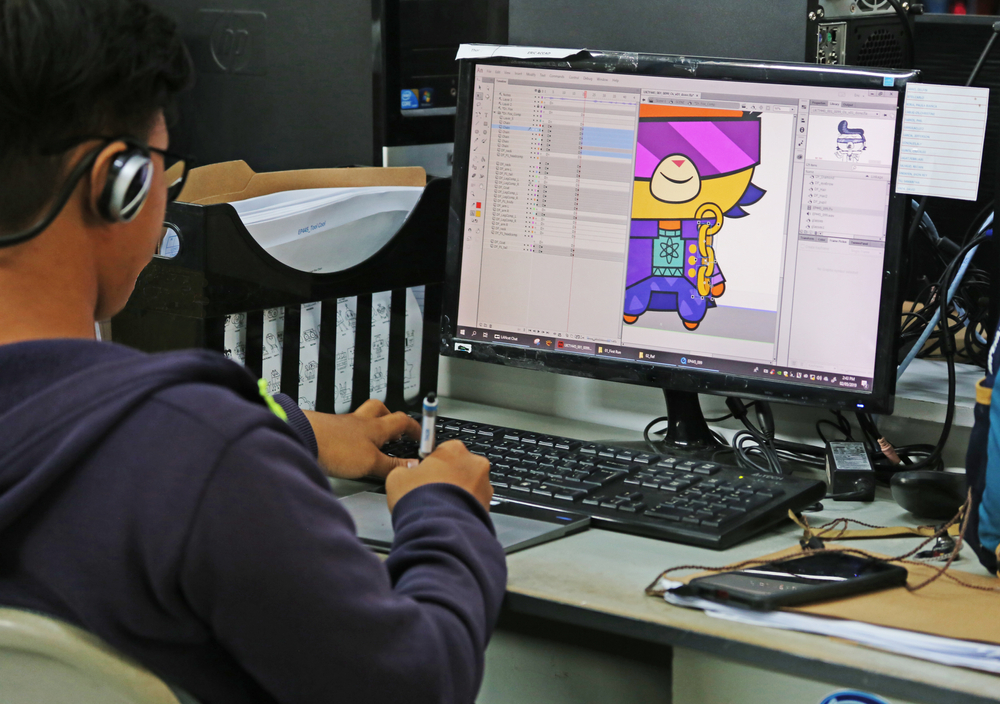How is animation used in advertising?
In this post, the Head of Creative, Pete Richardson discusses how is animation used in advertising and how animation has changed over the years.
Animation has become a crucial component for advertisers over the years. Resulting in advertisers being able to tell the exact story they want, ranging from the more creative and fantastical to the more traditional method of explainer videos. Below, I will be detailing how is animation used in advertising, but first, how has animation grown over the years when it comes to advertising?
How has animation grown over the years in advertising?
Animation, in general, has grown massively over the last 20/25 years. Back in the day, it was very frame-based focusing on individual frames to create a basic animation. Now with the use of computers and advanced technology – you are now capable of very intricate 3D renders for animation. Resulting in very high-quality animations to entice audiences. So, within the advertising space, this has allowed advertisers to use animation to grow their brand massively as people are a lot more drawn to animation.
Why advertisers use animation over your more traditional live-action adverts is ultimately due to the level of freedom that animation allows. Giving you complete control over the narrative that you want to convey to your audience. Whether it be a more traditional explainer video or a more creative and fantastical story that you want an audience to connect with – whilst being able to remember your brand as a result.

How can animation benefit your brand awareness?
Animation can benefit your brand by providing either a concise or more creative way of explaining what your brand is. As stated before, you can have short explainer videos detailing your particular services and what you offer to your customers. Or you can do animated infographics – all of these small touches that will help you to engage with your audience. Even down to the newer augmented reality which allows a potential customer to virtually shop around your store and select the products they would like to buy.
People enjoy fun ways to engage with things, especially within an animation. The use of animation has certainly been at the forefront of creating new experiences for people.
Animation tends to get the best traction when it’s used to tell an effective story that people connect with. A great example of this was the John Lewis Christmas advert in 2019 which had the brand trending on all social media during the Christmas period. It’s almost like creating a synthetic story for a brand as everyone loves a story. The Christmas adverts in particular as people tend to gravitate towards animation far more than live-action.
Creating a story for a brand is almost an underhand tactic where the brand will tell an amazing story but in doing so make people remember the name of the brand.
It’s also important to consider just how young animation is, especially with 3D renders and computer graphics. This will result in more new and creative ways to have animation implemented in marketing for advertising purposes moving forward.
How is animation used in advertising?
Regarding how is animation used in advertising, it allows you to capture the essence of a brand in creative ways. You can use animation to essentially have more control over the message that you want to put out. Instead of having a more traditional live-action approach where your message will be similar to thousands of others – Animation allows you to tailor the message you want, exactly how you want it to be.
All of this can be done with a much smaller team too, so instead of a larger production, you now have a smaller team of animators who are crafting the brand narrative that suits you.
The best cases of animation in advertising provide concise information by communicating quickly and clearly whilst also imparting information in a creative way to be memorable.

What are some great case studies regarding animation in advertising?
Back in 2002, the NSPCC released a video titled ‘Real Children Don’t Bounce Back’. The purpose of this was to use animation to get around the fact of child abuse. Obviously, you can’t show a child being beaten, so as a result, the NSPCC resorted to finding a different way.
How they filmed this was to have a live-action actor to be the father and film his role in the advert while animators would animate the boy to show him being beaten up by his father. This was the most creative but emotionally resident way of truly showing what goes on behind a closed door.
This was an incredibly hard-hitting advert that truly made people stand up and take notice. This advert without question is one of my go two choices when it comes to great case studies regarding how is animation used in advertising.
